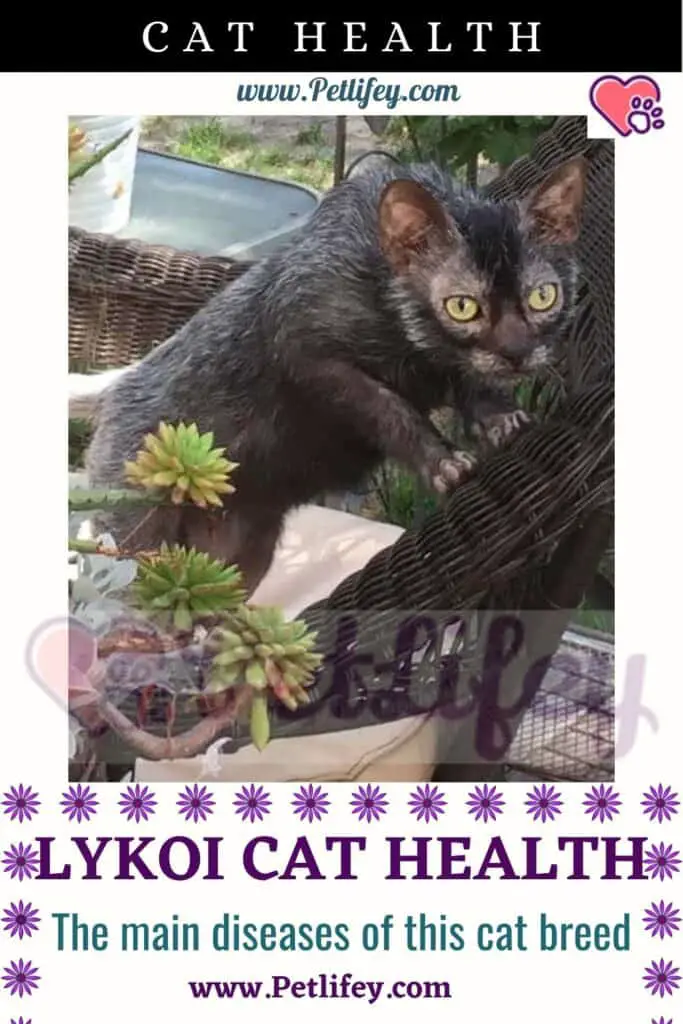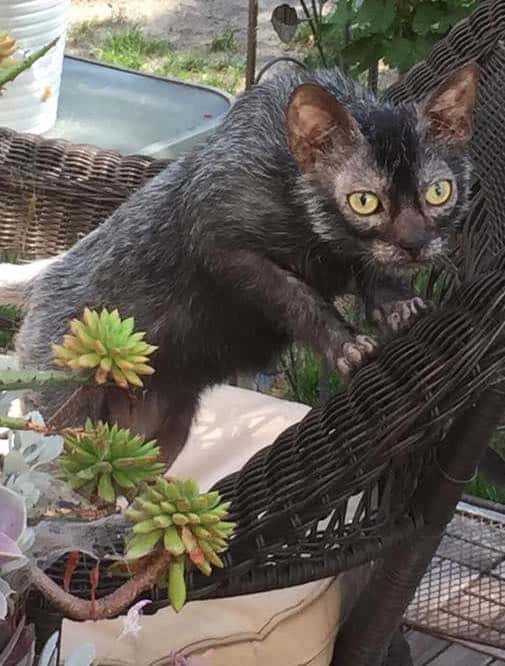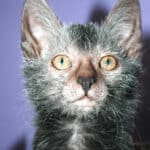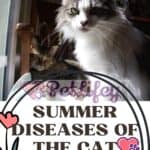Lykoi diseases, the most common health problems in this cat breed. Let’s find out what they can be, in order to prevent them.

Many think that welcoming a cat into the house is the simplest thing in the world. Well that’s not quite a correct thought.
In order to take care of a cat it is advisable to inquire about the needs and health in general of the breed that you decide to adopt.
In today’s article we will find out which Lykoi diseases, or the most common diseases that can affect this breed in particular.
Lykoi diseases: most common diseases

The Lykoi is one of the newest cat breeds, so much so that it has not yet been accepted as an official because there are few examples in the world.
Precisely because very little is known about Lykoi diseases and health in general about such recent births.
However, it is thought that if well cared for, it can live safely up to 20 years of age.
Furthermore, from its physical characteristics it is thought that it can be a rather resistant breed of cat.
With a very particular appearance similar to a wolf, slender but strong and proportionate that tends to seem not to suffer from particular pathologies.
Therefore from what has been learned in this time and that Lykoi diseases can be the same that can affect any other cat , namely:
- Allergies : the cat can suffer from allergies of various origins. Therefore, if the cat scratches itself, sometimes even to the point of scratching itself or licking itself persistently, it could be an allergic subject;
- Mycosis : is a disease caused by fungi. It causes redness, scabs and other symptoms that lead to scratching constantly, with the risk of spreading the infection to other parts of the body. It is transmitted by direct contact and the cat may not show symptoms but be a healthy carrier;
- Obesity and Diabetes : Although the Lykoi has a slim but agile body, it tends like any other cat to gain weight. As in fact, it must follow a suitable diet (possibly made of dry food) and be carefully monitored. Of course, to remedy this, it is necessary to carry out adequate daily physical exercise. This is why it is important to provide the animal with various toys such as scratching posts and high shelves to climb on;
- Toxoplasmosi : it is an infectious disease caused by the parasite Toxoplasma gondii, which finds in the feline its final host where to reproduce;
- Abscess : It is an infection that occurs when there are deep wounds on the cat’s body. They occur on the legs, behind the tail or on the muzzle of the animal;
- Poisoning : cat poisoning is a probable accident for which action must be taken quickly in order to save the animal;
- Conjunctivitis : It is the inflammation of the mucous membranes of the eye to which the cat is very subject;
- FeLV: is a disease caused by a virus of the Retrovirus family, among which there is also the one responsible for FIV itself, which affects the bone marrow. Transmission occurs through the exchange of blood and saliva, even if not direct. FeLV is known as feline leukemia. Fortunately, vaccination exists to prevent the problem in domestic cats;
- FIV: is a feline immunodeficiency syndrome that becomes infected through saliva and blood. Unlike FeLV there is no vaccine but if taken in time, it can extend the life of the cat for a long time.
- Otitis: This is the inflammation of the epithelium that covers the ear canal of the auricle. It occurs mainly in subjects with low immune defences
- Periodontitis : a disease of the cat’s mouth, particularly in the elderly and if not treated in time it can be fatal
- Mange : It is caused by a mite of which there are several species and subspecies that behave in different ways. It is transmissible to other animals and to humans, there are several types and has symptoms similar to eczema: itching, scabs, patchy hair loss.






